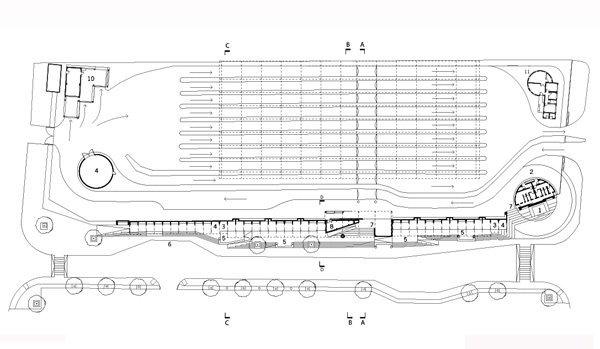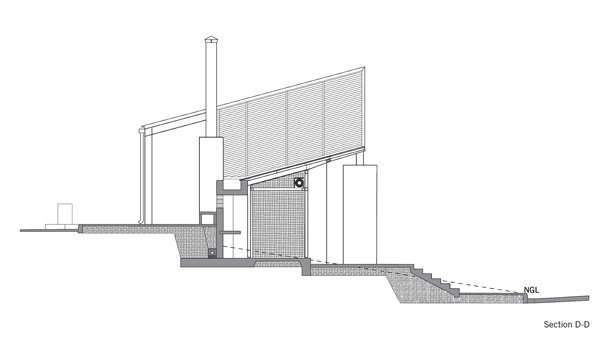
Taxi Rank No.2:
Diepsloot, Gauteng
Safety at the Rank
The Problem
Safety at a public facility
The Solution
Promote shared ownership and vigilance
What makes public spaces safe?
A knee-jerk response to safety is fortification. When you move through Johannesburg, you see high walls, barbed wire, electric fences, and armed guards everywhere. Ironically, fortification (also known as target hardening) has proven to be the most expensive and least effective way of enhancing safety. In many cases, it achieves the opposite effect, creating dead streets with no activities in which the public is even less safe. So, people end up spending more money on the same strategy, making the problem even worse. No wonder the security industry is booming in this country!
One way to exit this spiral is to create spaces people like to use. Spaces used for trading, for instance, are less vulnerable to serious crime. This does not mean there is no security, it just means there are more people looking out for each other.
When it came to upgrading the main Taxi Rank in Diepsloot, the city recognised that the existing traders and small restaurants along the edge of the rank already provided a form of informal surveillance. The city’s strategy was to improve conditions in order to enhance the trader’s business and the commuters experience.
before
after
The palisade fence surrounding the rank was taken down and replaced with a thick wall housing the traders. The pavement was raised so-that pedestrian and shoppers would be safe from the passing traffic; new water points and ablutions were introduced and the back of the existing toilet block was turned into a prominent covered space where people can meet out of the rain. All these changes made the rank work better for traders, commuters and shoppers and improved its overall safety.
If you’ve read this far, you might be wondering about the chimneys. Before load-shedding became a problem all over the Johannesburg, Diepsloot was already experiencing long power outages. Traders would cook food on open fire directly on the pavement. As part of the upgrade, fireplaces were provided in the stalls, allowing people to prepare meals in a safer, more hygienic way. One city official was very disturbed by this idea, deeming fireplaces primitive, but the idea was adopted, and today there are a number of small restaurants serving meals at the rank.
Project team: Thorsten Deckler, Anne Graupner, Nkululeko Mbengu, Stephen Reid, Carl Jacobs, Guy Trangos, Lara Wilson, Nzinga Biegueng Mboup, Alex Howell, Thulani Rachia, Mtembekhi Ngema
Featured in DOMUS 958 May, 2012
Photographs by Iwan Baan (www.iwan.com)



















